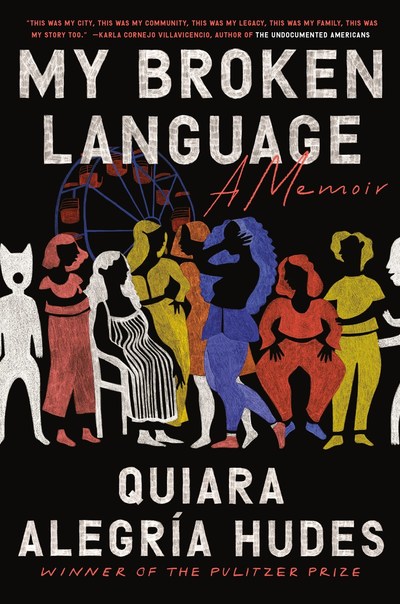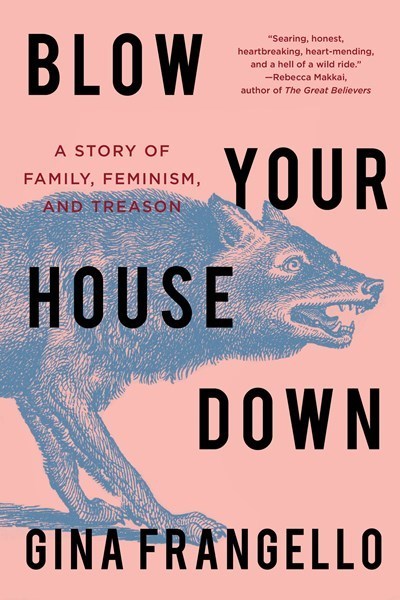At BookPage HQ, we look at books months before they’re published. So it’s always a delight when something we adored finally hits shelves, and everyone else falls just as head-over-heels in love with it as we did. Here are five recent blockbusters whose climbs up the charts made us cheer.
I have long lamented the waning of the gothic novel. We as a society need more women running around crumbling hallways in giant ballgowns, gripping candelabras as they uncover hideous family secrets. Even if Silvia Moreno-Garcia’s novel doesn’t kick-start a whole new wave of romantically moody thrillers (though it certainly should), I’m delighted that its success catapulted its very deserving author onto the bestseller lists. Putting a unique and elegant stamp on a genre is Moreno-Garcia’s signature move. She’s written what she called a “fantasy of manners” with The Beautiful Ones and a Jazz Age coming-of-age novel that incorporated Mayan mythology in Gods of Jade and Shadow. So of course her gothic heroine isn’t a timid wallflower. Noemí Taboada is a headstrong and glamorous socialite whose foibles and inner demons make her as interesting as she is heroic. And the ending? Let’s just say it would blow Daphne du Maurier’s hair back.
—Savanna, Associate Editor
Just as I Am
Perspective is a tricky thing to hold onto—the present moment with all its immediate concerns sure makes a lot of noise—but a thoughtful memoir of a long and well-lived life can help you find your center. Cicely Tyson’s autobiography came out earlier this year, two days before the author’s death, and quickly hit bestseller lists. It’s more than a recounting of Tyson’s life as a groundbreaking actor, producer and activist; it’s also an examination of how a person can use their gifts to make a difference and the mindset required to act on that goal. Co-written with Michelle Burford, a founding editor of O, The Oprah Magazine, the memoir is structured chronologically from Tyson’s childhood to later years, revealing how her rise as an actor led to a singular purpose: to use her art “as a force for good, as a place from which to display the full spectrum of our humanity.” Because, as she writes, art must “mirror the times and propel them forward.”
—Cat, Deputy Editor
Catch and Kill
The world has had more than its fair share of breaking news this past year, so it feels somewhat nostalgic to revisit newsworthy reporting from the bygone era of 2019. Ronan Farrow’s explosively investigated book Catch and Kill delivers on every one of its subtitle’s promises: “lies, spies and a conspiracy to protect predators.” As journalist Farrow began looking into decades of allegations against film producer Harvey Weinstein, ranging from verbal harassment to sexual abuse, his life began to get tricky. His employer, NBC, got more and more antsy about the story. He received a rash of threatening anonymous messages on Instagram. And through it all, he had the distinct feeling that he was being followed. This book’s pacing is breathless, the twists increasingly twisty. At times it reads like a spy thriller, except better—because by the end of this electric story, real women who have suffered in silence for years are finally heard, believed and vindicated.
—Christy, Associate Editor
Once in a blue moon, a YA book earns universal critical acclaim and achieves great commercial success. The Poet X, Elizabeth Acevedo’s debut novel in verse, was one such book. It won just about every award that exists to honor YA literature, including the National Book Award and the Michael L. Printz Award, and spent more than 20 weeks on the New York Times bestseller list. You’ll understand why as soon as you begin reading it. The story of Xiomara, a Dominican American teen who discovers the light of poetry burning within her and reckons with the forces in her life that would see it extinguished, will set your heart on fire. I especially recommend the audiobook for your first read, since Acevedo’s narration draws out the meter and musicality of her accessible, conversational verses. I’m usually wary of sweeping statements, but in this case, one is merited: The Poet X is a perfect book that everyone should read.
—Stephanie, Associate Editor
Beach Read
I picked up Emily Henry’s Beach Read last spring, in the early days of the COVID-19 pandemic. With no travel plans on the horizon, a vicarious getaway to the shores of Lake Michigan was appealing, and during what were repeatedly referred to as “uncertain times,” the anticipated beats of a rom-com sounded especially soothing. Why not read about two authors trying out each other’s genres to beat writer’s block, and reluctantly falling in love? Beach Read hit these marks and then surpassed them to become one of my favorite types of reading experiences: a diversion with depth. The screwball vibe and snappy dialogue I had been looking for are there on the page. But as Augustus and January slowly open up to one another, the lighter threads of the story are woven into an honest exploration of grief, trust and the healing power of art. It’s a connection-affirming, generous novel that deserves its status as a word-of-mouth bestseller.
—Trisha, Publisher


























